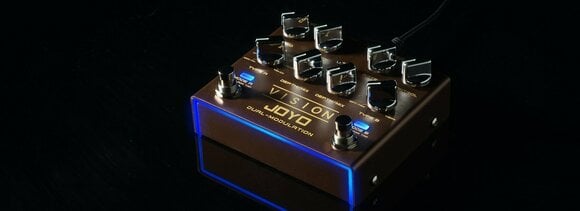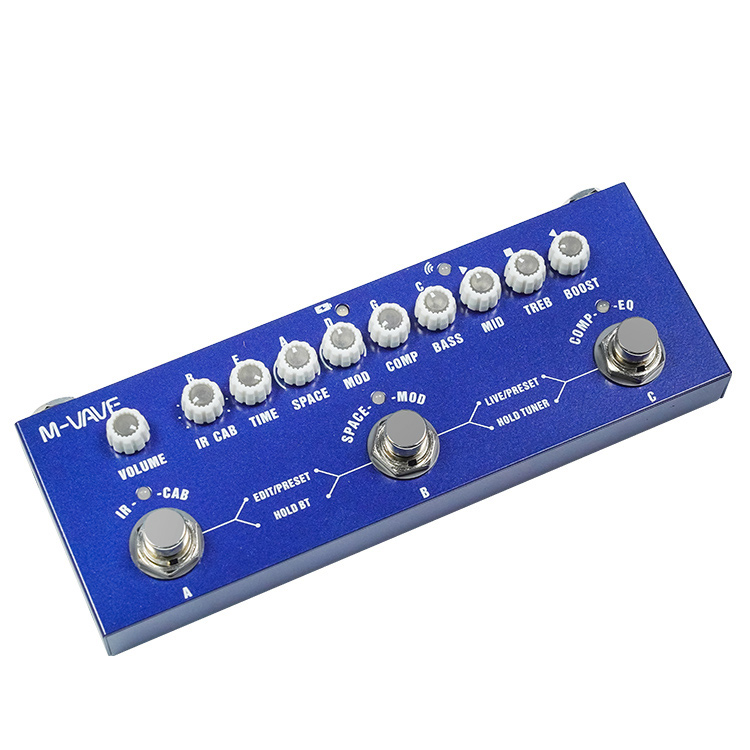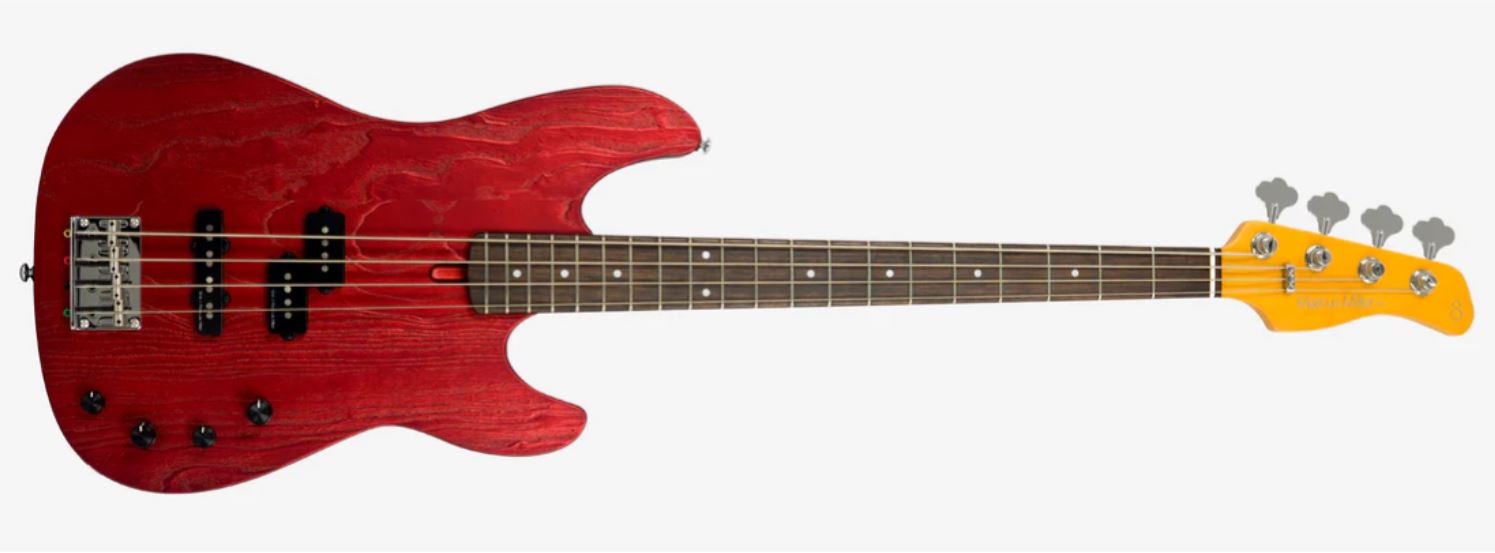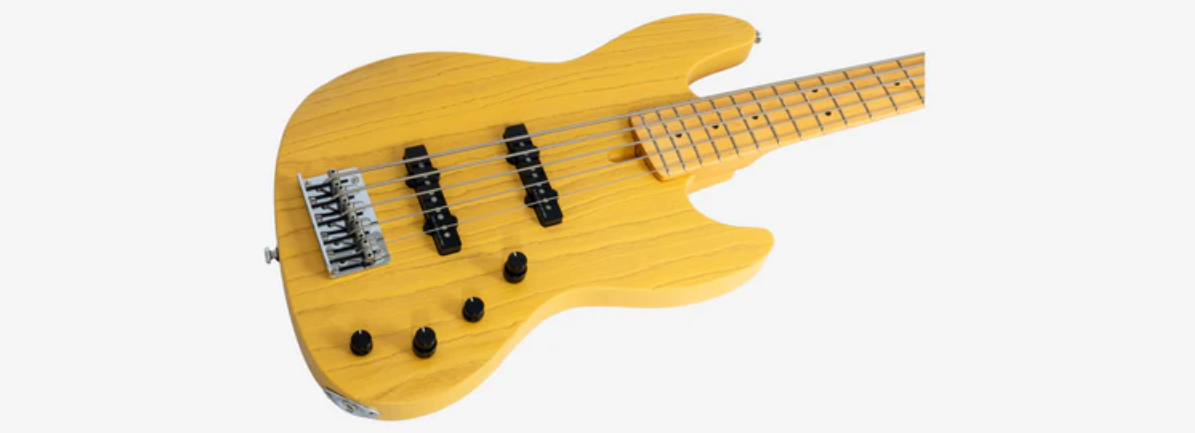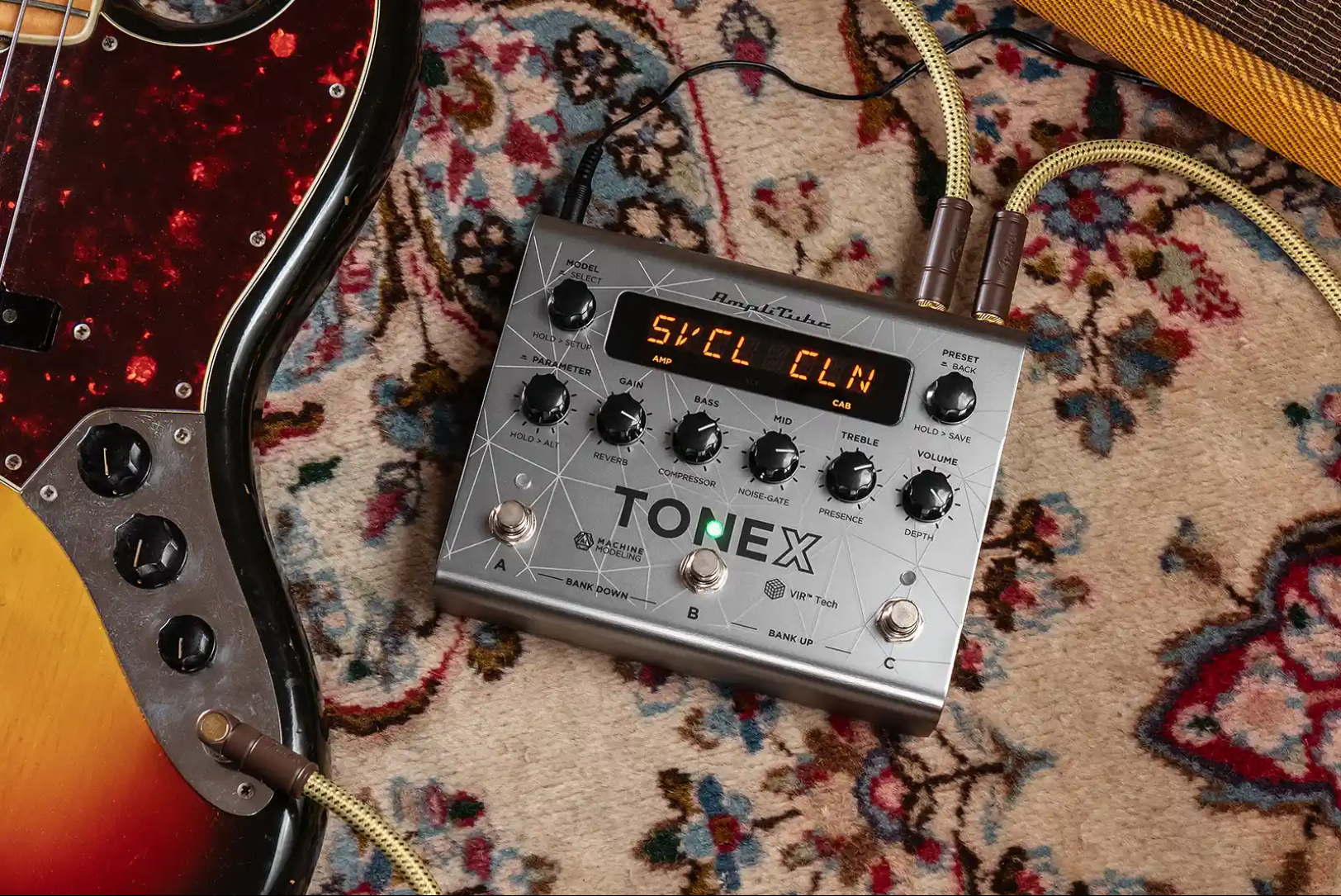
TONEX Pedal Bass Edition Review: Pedal Review
Bass Modeling Power in Full Form Disclaimer: This pedal was kindly provided by IK Multimedia for the purpose of this review. However, this does not influence our opinion or the content of our review. We strive to provide honest, unbiased, and accurate assessments to ensure that our readers receive truthful and helpful information. Introduction IK Multimedia’s TONEX Pedal has long been a favorite among players looking to capture and recreate their amp tones with remarkable realism. Bassists, however, often had to tweak guitar-oriented models to make them work for low-end frequencies. That changes now with the TONEX Bass Edition, a dedicated release that brings 150 bass-optimized tone models, refined phase-coherent blending, and an updated aluminum-silver finish to the full-size pedal. We’ve already reviewed the original TONEX Pedal in detail, so we’ll focus here on what makes the Bass Edition a true upgrade for bassists. (Readers can find our full review of the original model here for a deeper look at its core architecture.) TL;DR The TONEX Pedal Bass Edition takes IK Multimedia’s flagship modeling platform and fine-tunes it for bass. With 150 dedicated tone models spanning vintage, modern, and boutique rigs, plus onboard effects and advanced dry/wet blending, it delivers a complete, mix-ready rig in one box. It’s powerful, flexible, and easily one of the most complete bass modeling solutions currently available. Check Amazon Price –> Design and Controls The TONEX Pedal Bass Edition keeps the same rugged enclosure, intuitive layout, and high-end I/O from the original version. The chassis feels premium and stage-ready, with tactile switches and an ultra-clear display for preset navigation. Presets are organized into 50 banks, each based around a legendary bass amplifier and offering three tone model variations — typically clean, smooth, and driven. This makes it easy to move through a wide tonal range without deep menu diving. You’ll also find onboard effects, including compression, noise gate, chorus, flanger, and reverb. Effects can be applied pre or post model, offering flexibility for shaping your sound. Connectivity remains a highlight: stereo outs, balanced output, MIDI, USB for editing and recording, and IR loading support. The pedal also doubles as a USB audio interface, making it an ideal tool for both live rigs and direct recording setups. Core Features What sets this Bass Edition apart is the Signature Bass Collection — a curated library of 150 Tone Models built from real bass amplifiers, cabinets, and pedals. The selection covers everything from vintage thump to modern punch: Each model is optimized for improved dry/wet in-phase blending, ensuring that when you add drive, compression, or effects, your low end remains clear, powerful, and mix-friendly. The TONEX software suite (Editor and Modeler) gives you access to full editing, preset management, and capture capabilities, letting you even create your own tone models or download community captures via TONEX ToneNET. Pros and Cons Pros Cons FAQs Q1: How is this different from the original TONEX Pedal? Functionally, it’s identical, but this version is preloaded with 150 bass-specific models, improved phase alignment, and curated presets for bass players. Q2: Can I use my existing TONEX captures? Yes, you can load your own models or third-party captures via the TONEX Editor. Q3: Is it suitable for live performance? Absolutely. The pedal’s robust build, stereo outputs, and fast preset switching make it ideal for both live and studio work. Conclusion The TONEX Pedal Bass Edition is a professional-grade modeling unit that gives bass players the same depth and flexibility guitarists have enjoyed from IK’s TONEX platform. Its detailed amp captures, mix-ready dry/wet blending, and rich effects suite make it a true all-in-one solution. If you want a pedal that can replace a rack’s worth of amps and cabs while preserving your low end, the TONEX Pedal Bass Edition is the most complete option IK Multimedia has released for bassists yet. Get your Tonex Bass Edition now! Other IK Multimedia Gear You Might Like If you enjoyed checking out this IK Multimedia pedal, here are more IK Multimedia products worth exploring — all tested and reviewed here on BassGearReviews: – IK Multimedia Tonex One – Compact Amp Modeler + Interface – IK Multimedia Tonex Pedal – Amp and Pedal Modeler and Interface – IK Multimedia Axe I/O One – Portable Interface – IK Multimedia Axe I/O – Feature Rich Interface
